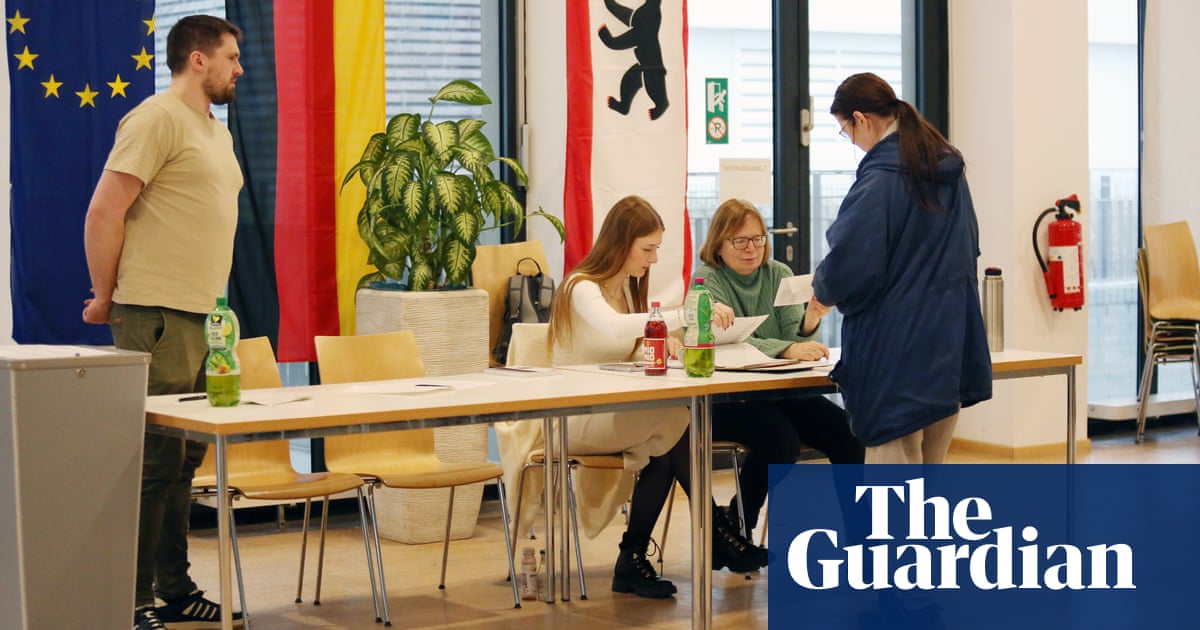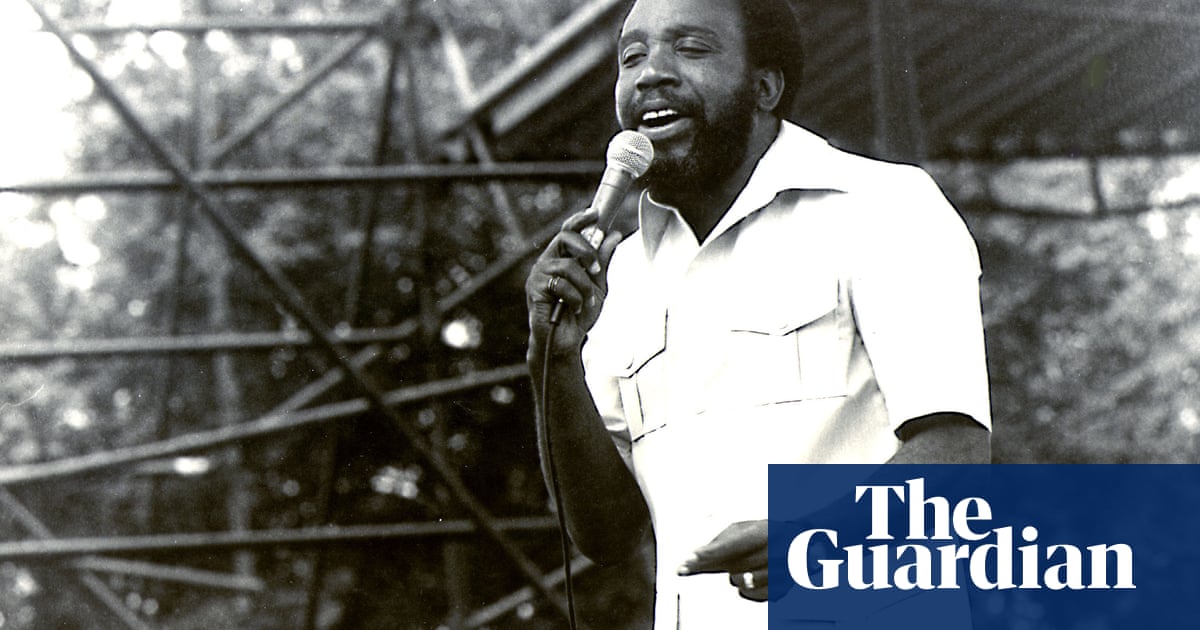This week, world leaders are gathering in Busan, South Korea, to hammer out a global plastics treaty to try to curb pollution from one of the most dangerous materials on the planet. While such a high-level event might seem far removed from our everyday lives, it is the products we use every day that are at the heart of the negotiations. Some plastics are worse than others and have a unique impact in various parts of the world. Here, we look at five of the worst offenders.
Plastic sachets, Indonesia
The sachet was popularised across Asia primarily by Unilever in the 1980s as a way to sell food and hygiene products in smaller, more affordable quantities. But in Indonesia, they replaced existing bulk-buy, reuse and refill systems. The result is that 5.5m sachets are now sold every day just for detergent in the country, whose citizens each produce 4kg of sachet waste a year, according to the nonprofit Plastic Diet movement.
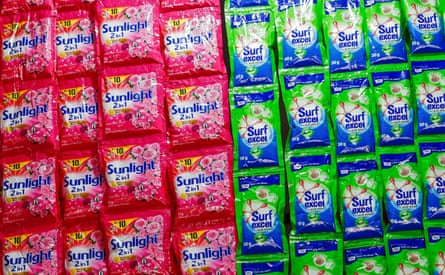
The problem is that the sachets’ multilayered construction – of plastic and metal – makes them virtually impossible to recycle. Overwhelmed waste management systems leak sachets into the environment, where they clog drains and contribute to floods. Some are burned as cooking fuel, which emit toxic chemicals that enter air and food.
“The distribution is massive. We find them in even remote islands in Indonesia,” says Zakiyus Shadicky, senior research lead at Plastic Diet Indonesia.
Unilever said that tackling plastic sachet waste is a priority for the company, and that it has so far installed more than 1,000 refill stations across Indonesia, saving an estimated six tonnes of plastic.
Polyester clothing, Ghana and Kenya
We typically don’t think of discarded clothes as plastic pollution. But between 60% and 70% of textiles are manufactured from synthetic fibres such as polyester. This becomes a problem when it ends up in unmanaged landfills in places including Ghana and Kenya. These countries accept secondhand and deadstock clothing traded by the EU and UK. But an investigation by the Changing Markets Foundation revealed that in Kenya, up to half of these garments are discarded, often because they are too damaged to wear.
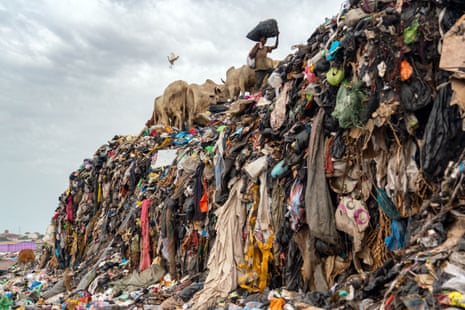
Dumped in open landfills, the clothes gradually disintegrate and pollute surrounding soils and rivers. “The trade of this used clothing from the global north to the global south is, to a large extent, the export of plastic waste,” says Urška Trunk, senior campaign manager at the Changing Markets Foundation.
Globally, less than 1% of textile fibres are recycled, so Trunk is concerned about the increasing use of synthetic fibres, particularly by the 50 brands identified in its report. One of those was Shein, beloved by teenagers but, according to the Changing Markets Foundation, with the highest ratio of synthetic to natural fibres of the 50 fast fashion brands surveyed: four-fifths of its material output is made from fossil fuel-based textiles. “Plastic fashion is a problem, and it should be dealt with at the source,” says Trunk.
Shein responded saying that “we are committed to continuously improving our sustainability practices”, and added that it is working on sourcing lower-impact fibres, using surplus materials from other brands, and transitioning to 31% recycled polyester in its Shein-branded products.
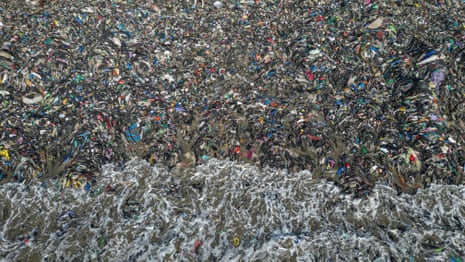
Drinks bottles, Caribbean islands
Every year in Ocean Conservancy’s international coastal cleanup (ICC) one type of litter consistently appears in the top five most-collected items: plastic drinks bottles. In the Caribbean especially, an estimated 2,000 plastic items litter each kilometre, one-fifth of which are bottles. Data from the ICC shows that in 2022 and 2023 alone, volunteers in Trinidad and Tobago collected 86,410 plastic bottles – almost half of all plastic waste collected there.
Consumption patterns, paired with a shift from refillable glass bottles to single-use containers in the 1980s, might explain the scale of this pollution in the Caribbean. Plenty of plastic also washes up from other locations on to Caribbean shores. But there is also the role of increasing production by companies such as Coca-Cola, which sells more than 100bn plastic drinks bottles a year. A study based on 1,576 brand audits in 84 countries found that 11% of total branded plastic waste originated from Coca-Cola, more than any other company.
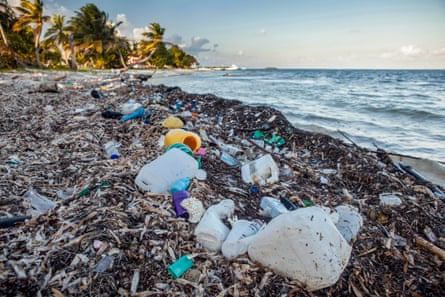
Coca-Cola responded, saying that in several Caribbean countries they “are working on efforts to increase recycling rates with ongoing projects”.
after newsletter promotion
Tetra Pak, Vietnam
In lives increasingly cluttered by plastic, there is a feelgood factor to rinsing out those folded cardboard containers that hold milk, pasta sauces and soups, and placing them in the recycling bin. Most of these packages are made by the multinational food packaging company, Tetra Pak. But their neat cardboard exteriors conceal a more complex truth: layers of paper, metal and plastic lie nestled within. Multi-material products can be incredibly challenging to process and global recycling rates of Tetra Pak hover at about 25%.
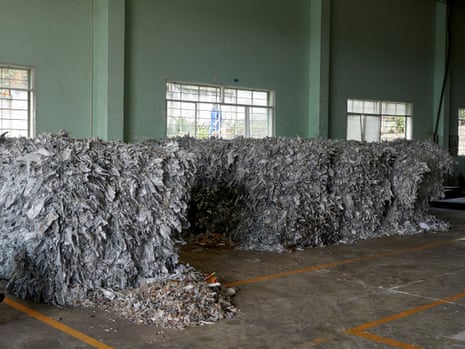
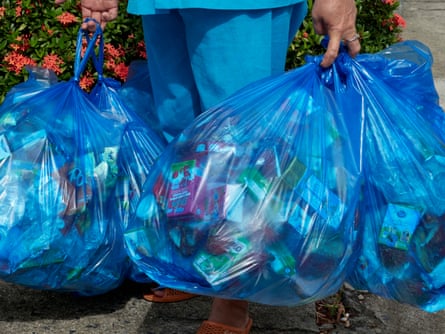
Yet the company has claimed that its packages are “simple” to recycle. In 2018, the Guardian conducted an investigation in Vietnam that showed recycling systems ill-equipped to process the complex material, paired with limited waste management. This created a scenario where Tetra Paks littered the country’s beaches or were being incinerated. A Tetra Pak spokesperson responded, saying that its packages “can and are being recycled where collection, sorting, and recycling infrastructure exists at scale”. The company added that in Vietnam it is working to meet a 15% government-mandated carton recycling target, and that since 2018 it has invested in local mills to increase their recycling capacity.
Wet wipes, UK
Each year, the UK disposes of 11bn wet wipes, but this ubiquitous symbol of personal cleanliness has a polluting underside. Many wipes are manufactured with synthetic fibres such as polyester, which take years to disintegrate. When wipes are flushed, they accumulate in sewers, gathering fat and congealing with other waste to form gigantic, pipe-blocking “fatbergs” – such as the 35-tonne monster that was pumped out of London pipes in May. Last year, the Marine Conservation Society (MCS) cleared 21,000 wet wipes from beaches across the UK and Channel Islands.
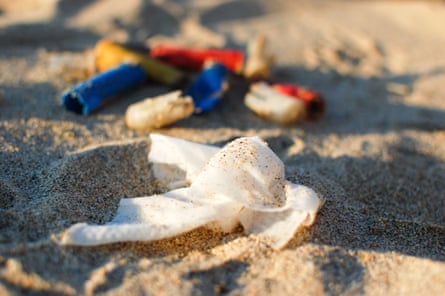
In 2024, the UK government passed legislation banning plastic-infused wet wipes, giving manufacturers 18 months to adapt their products. “We need to see this implemented as soon as possible to reduce the amount of plastic blocking up our pipes,” says Catherine Gemmell, policy and advocacy manager at the MCS.
Many manufacturers have switched to plastic-free materials in light of the legislation. However, the UK will continue to allow the manufacture of plastic wipes in the UK, which will then be exported to countries with looser regulations. That’s a good illustration of why global controls are needed, says Anja Brandon, director of plastics policy at Ocean Conservancy. “That’s where the [global plastics] treaty has potential value, in bringing in harmonised rules for everyone, so everyone has the same set of products that we’re restricting or prohibiting.”
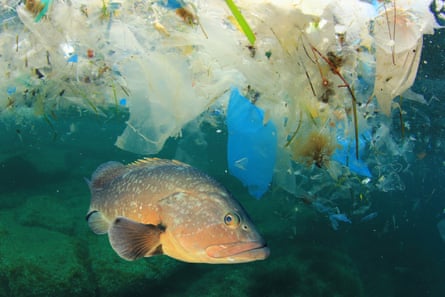

 2 months ago
56
2 months ago
56




